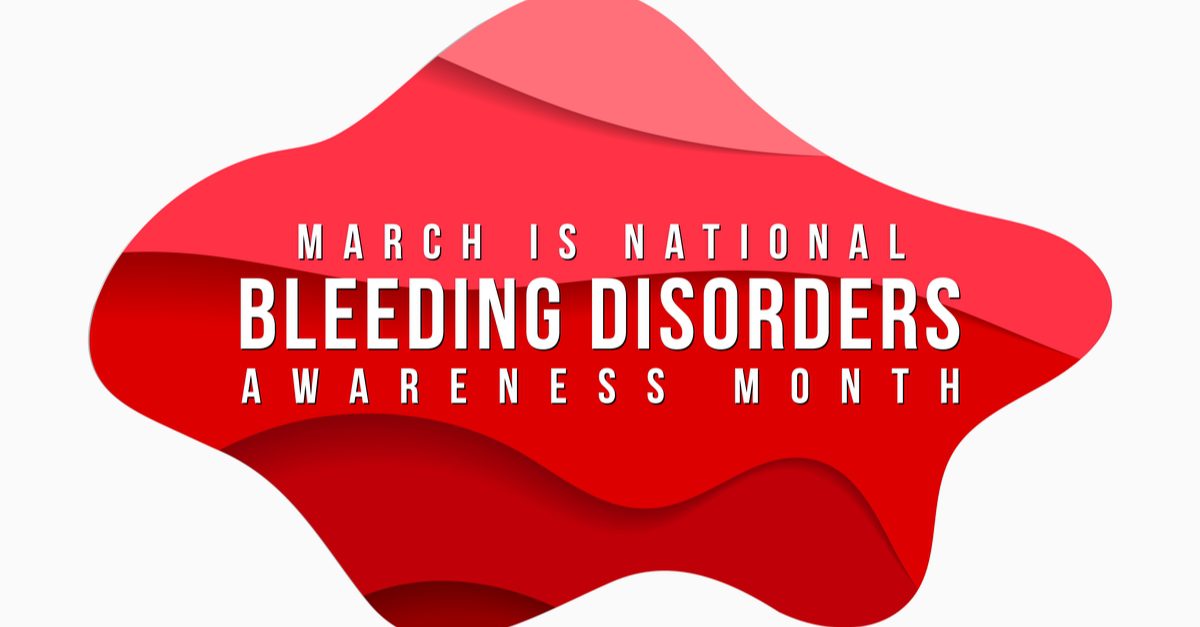Search by Color or Cause


Bleeding Disorders Awareness Month is observed in March. Red represents Bleeding Disorders Awareness Month. Wear a red enamel awareness ribbon pin, fabric awareness ribbon, or red silicone awareness wristband bracelet to observe this important month.
A bleeding disorder is present when the blood does not clot properly. Blood clotting is a complex process that involves as many as twenty different plasma proteins. All clotting proteins and platelets need to work effectively and in the correct order to form a proper clot that is strong enough to stop bleeding. A bleeding disorder occurs when the body is unable to activate the entire “clotting cascade” correctly.
Bleeding Disorders Awareness Month has been observed each March since 2016, after being designated as a national health observance by the U.S. Department of Health and Human Services. BDAM aims to increase awareness of inheritable blood and bleeding disorders among the public. In addition, it brings attention about these disorders to policymakers, public authorities, industry representatives, scientists, and health professionals.
Prior to BDAM, March was known Hemophilia Awareness Month, a designation confirmed by President Ronald Reagan in March, 1986.
Bleeding disorders can be , or they can be acquired, meaning you develop them during your lifetime. Acquired bleeding disorders are more common than inherited bleeding disorders.
A person may develop a bleeding disorder if something, such as a disease or a medicine, causes the body to stop making blood clotting factors or causes the blood clotting factors to stop working correctly. Problems with the blood vessels can also lead to bleeding.
Acquired bleeding disorders include:
Inherited bleeding disorders include:
March’s Bleeding Disorders Awareness Month is a perfect chance to start the conversation and draw attention to inheritable blood clotting disorders. This month lets patients and families with hemophilia, von Willebrand disease, rare factor disorders, and more, share their lives, stories, struggles, and successes.
(Image: www.omni-stat.com)